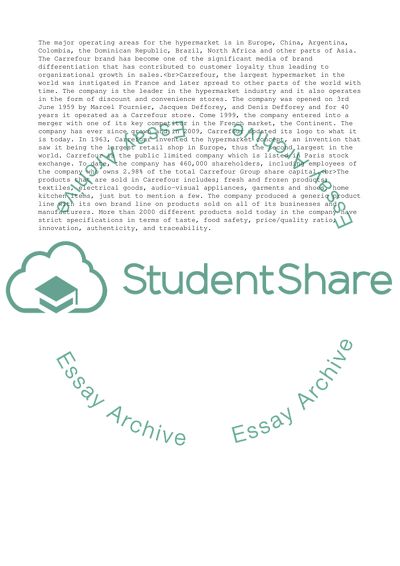Cite this document
(“Supply Chain Management of Carrefour Case Study”, n.d.)
Supply Chain Management of Carrefour Case Study. Retrieved from https://studentshare.org/management/1788780-supply-chain-management-of-carrefour
Supply Chain Management of Carrefour Case Study. Retrieved from https://studentshare.org/management/1788780-supply-chain-management-of-carrefour
(Supply Chain Management of Carrefour Case Study)
Supply Chain Management of Carrefour Case Study. https://studentshare.org/management/1788780-supply-chain-management-of-carrefour.
Supply Chain Management of Carrefour Case Study. https://studentshare.org/management/1788780-supply-chain-management-of-carrefour.
“Supply Chain Management of Carrefour Case Study”, n.d. https://studentshare.org/management/1788780-supply-chain-management-of-carrefour.


